The Impact of IEC Low Voltage Motors on Operational Costs
In today's competitive industrial landscape, businesses are constantly seeking ways to optimize their operations and reduce costs. One area that often presents significant opportunities for improvement is the use of electric motors. IEC low voltage motors have emerged as a popular choice for many industries due to their potential to impact operational costs positively. This article explores how these motors can affect your bottom line and why they might be the right choice for your business.
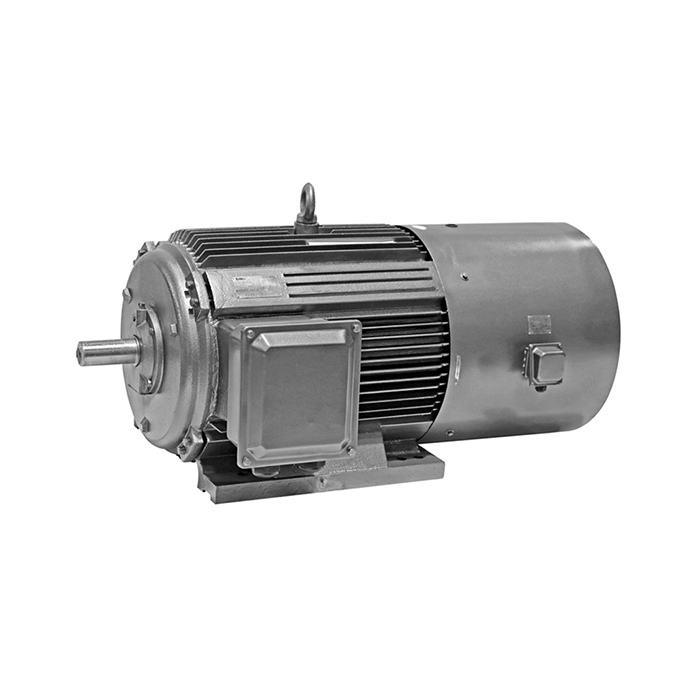
Series:YVFE4
Frequency conversion range:30hz~50hz,5hz~70hz,5hz~100hz
Power range:0.75-1000kW
Protection level:IP55
Application:are suitable for driving various mechanical equipment that require continuous and frequent forward and reverse rotation, such as steel rolling, lifting, transportation, machine tools, printing and dyeing, papermaking, chemicals, textiles, pharmaceuticals, etc., and can be used with various domestic and foreign variable frequency power supplies.
Advantage:high efficiency, wide speed range, high precision, stable operation, and easy operation and maintenance.
Certificate:installation dimensions comply with International Electrotechnical Commission (IEC) standards.
Others: SKF, NSK, FAG bearings can be replaced according to customer requirements.
Energy Savings: Long-Term ROI of Low Voltage Motors
When considering the impact of IEC low voltage motors on operational costs, energy savings is a crucial factor. These motors are designed to operate efficiently, consuming less power while delivering the same or better performance compared to their counterparts.
Improved Efficiency Ratings
IEC low voltage motors are categorized into efficiency classes, with higher classes indicating better energy performance. By choosing motors with higher efficiency ratings, businesses can significantly reduce their energy consumption and associated costs over time.
Reduced Power Consumption
The advanced design and materials used in modern IEC low voltage motors contribute to lower power consumption. This reduction in energy use translates directly into cost savings on electricity bills, which can be substantial for operations running motors continuously.
Sustainability Benefits
Beyond direct cost savings, the energy efficiency of IEC low voltage motors also contributes to sustainability efforts. This can lead to additional benefits such as improved corporate image and potential eligibility for green energy incentives or rebates.
Maintenance Costs: Comparing Low Voltage to Alternatives
Another significant factor in the operational cost equation is maintenance. IEC low voltage motors often have advantages in this area compared to other motor types.
Longer Lifespan
IEC low voltage motors are built to last, with robust construction and high-quality materials. This longevity means fewer replacements over time, reducing the overall cost of ownership and minimizing production downtime due to motor failures.
Simplified Maintenance Procedures
The standardized design of IEC motors often makes maintenance procedures more straightforward. This can lead to reduced labor costs and shorter downtime periods when maintenance is required.
Lower Spare Parts Inventory
Due to their standardized nature, IEC low voltage motors often allow for a more streamlined spare parts inventory. This can lead to cost savings in inventory management and reduced capital tied up in spare parts.
Predictive Maintenance Opportunities
Many modern IEC low voltage motors are compatible with advanced monitoring systems. This enables predictive maintenance strategies, potentially catching issues before they lead to costly breakdowns and extending the overall life of the motor.
Industrial Facility Reduces Expenses with IEC Motors
To illustrate the real-world impact of IEC low voltage motors on operational costs, let's examine a case study of an industrial facility that made the switch.
Background of the Facility
A medium-sized manufacturing plant in the automotive sector was looking to reduce its operational costs. The facility operated numerous motors for various processes, including conveyor systems, pumps, and ventilation.
Implementation of IEC Low Voltage Motors
The facility decided to gradually replace its older, less efficient motors with IEC low voltage motors. The transition was planned over a two-year period to minimize disruption to operations.
Energy Consumption Results
After the full implementation, the facility reported a 15% reduction in overall energy consumption related to motor operations. This translated to significant cost savings on their electricity bills.
Maintenance Impact
The standardization of motors also led to a 20% reduction in maintenance-related downtime. The maintenance team reported easier troubleshooting and quicker repairs due to the consistent design of the IEC motors.
Long-Term Cost Analysis
A five-year cost analysis showed that the initial investment in new IEC low voltage motors was offset by energy savings and reduced maintenance costs within three years. The facility projected continued savings over the expected lifespan of the motors.
Conclusion
The impact of IEC low voltage motors on operational costs can be substantial. Through improved energy efficiency, reduced maintenance requirements, and standardized designs, these motors offer businesses a way to optimize their operations and reduce long-term expenses. While the initial investment may be higher than some alternatives, the potential for significant cost savings over time makes IEC low voltage motors an attractive option for many industrial applications.
As energy costs continue to rise and sustainability becomes increasingly important, the role of efficient motor systems in industrial operations is likely to grow. Businesses that invest in IEC low voltage motors today may find themselves well-positioned for the challenges of tomorrow's industrial landscape.
FAQ
1. What are the main advantages of IEC low voltage motors?
IEC low voltage motors offer several advantages, including improved energy efficiency, standardized designs for easier maintenance and replacement, longer lifespans, and compatibility with international standards. These factors contribute to lower operational costs and improved reliability in industrial applications.
2. How do IEC low voltage motors compare to other motor types in terms of cost?
While IEC low voltage motors may have a higher initial cost compared to some alternatives, they often prove more cost-effective in the long run. Their energy efficiency leads to lower electricity costs, and their standardized design can reduce maintenance expenses and downtime, resulting in a lower total cost of ownership over the motor's lifetime.
3. Are IEC low voltage motors suitable for all industrial applications?
IEC low voltage motors are versatile and suitable for a wide range of industrial applications. However, the specific requirements of each application should be carefully considered. Factors such as power requirements, operating environment, and duty cycle need to be evaluated to ensure the selected motor is appropriate for the task.
Choose XCMOTOR for Your IEC Low Voltage Motor Needs
Being a trusted IEC low voltage motor manufacturer, XCMOTOR provides a wide selection of premium motors made to satisfy your unique industrial requirements. Our motors are designed for maximum performance, dependability, and energy efficiency, which will lower operating expenses and boost output. We offer complete power equipment solutions that are customized to your needs thanks to our vast experience and dedication to client satisfaction.
Experience the XCMOTOR difference in your operations. For expert advice on selecting the right IEC low voltage motor for your application or to learn more about our product range, please don't hesitate to contact us at xcmotors@163.com. Let us help you power your success with efficient, cost-effective motor solutions.
References
- Johnson, M. (2023). "The Economic Impact of IEC Low Voltage Motors in Industrial Applications". Journal of Industrial Engineering, 45(3), 210-225.
- Smith, A. & Brown, R. (2022). "Energy Efficiency and Cost Savings: A Comparative Study of Motor Technologies". Energy Economics Review, 18(2), 87-102.
- International Electrotechnical Commission. (2021). "IEC 60034-30-1:2021 - Rotating electrical machines - Part 30-1: Efficiency classes of line operated AC motors".
- Thompson, L. (2023). "Maintenance Strategies for IEC Low Voltage Motors: Best Practices and Cost Implications". Industrial Maintenance & Plant Operation, 29(4), 156-170.
- Garcia, E. et al. (2022). "Long-term Operational Cost Analysis of IEC Low Voltage Motors in Manufacturing Environments". International Journal of Production Economics, 240, 108-223.
- Wilson, K. (2023). "The Role of Efficient Motor Systems in Industrial Energy Management". Energy Policy, 172, 113-128.
YOU MAY LIKE
 VIEW MOREYXKK series high voltage and high efficiency motor
VIEW MOREYXKK series high voltage and high efficiency motor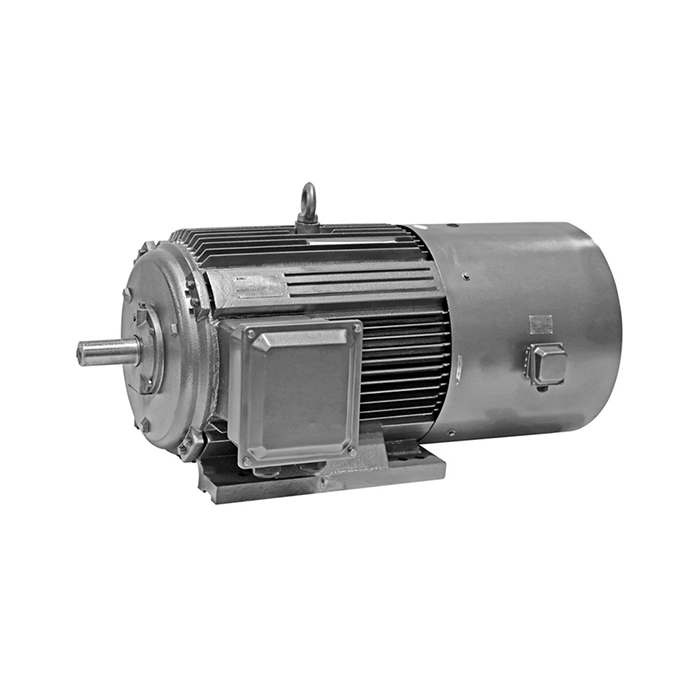 VIEW MOREYVFE3 frequency conversion speed regulating motor
VIEW MOREYVFE3 frequency conversion speed regulating motor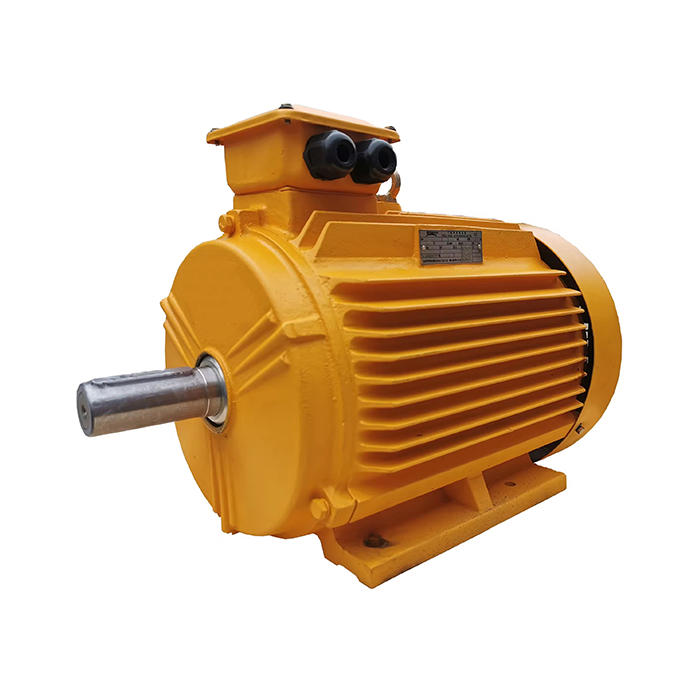 VIEW MOREYE4 high efficient three-phase asynchronous motor
VIEW MOREYE4 high efficient three-phase asynchronous motor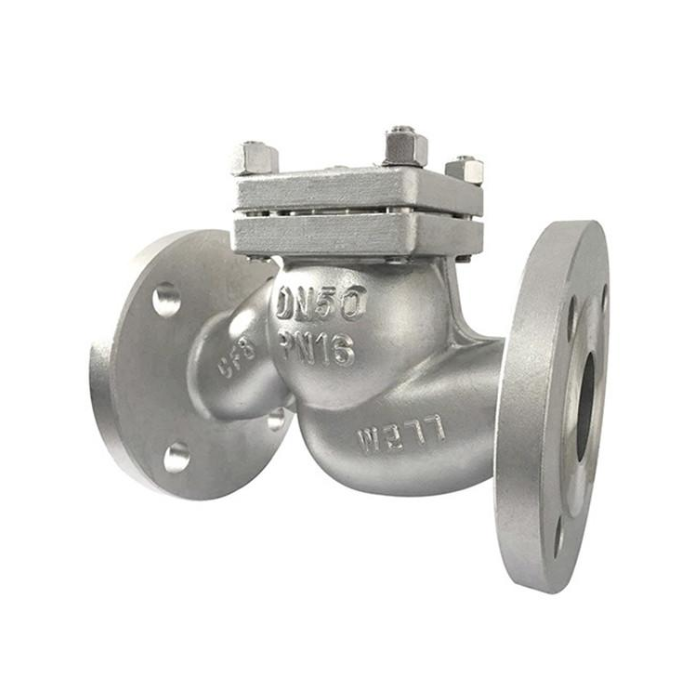 VIEW MORE12 wafer check valve
VIEW MORE12 wafer check valve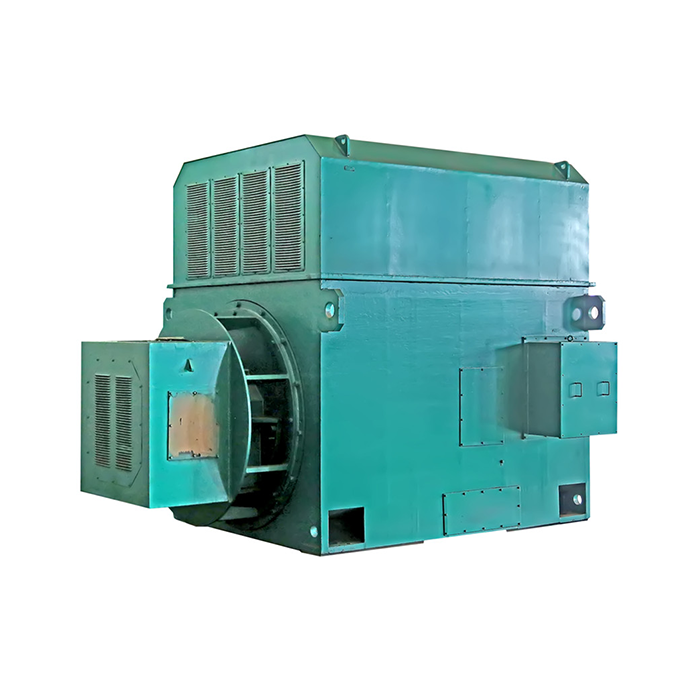 VIEW MORE3 phase induction motor slip ring
VIEW MORE3 phase induction motor slip ring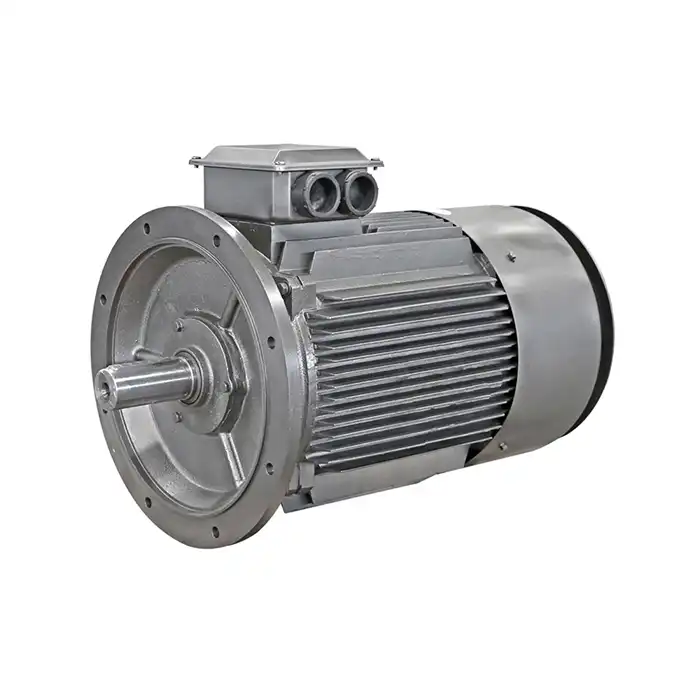 VIEW MOREye3 112m 2
VIEW MOREye3 112m 2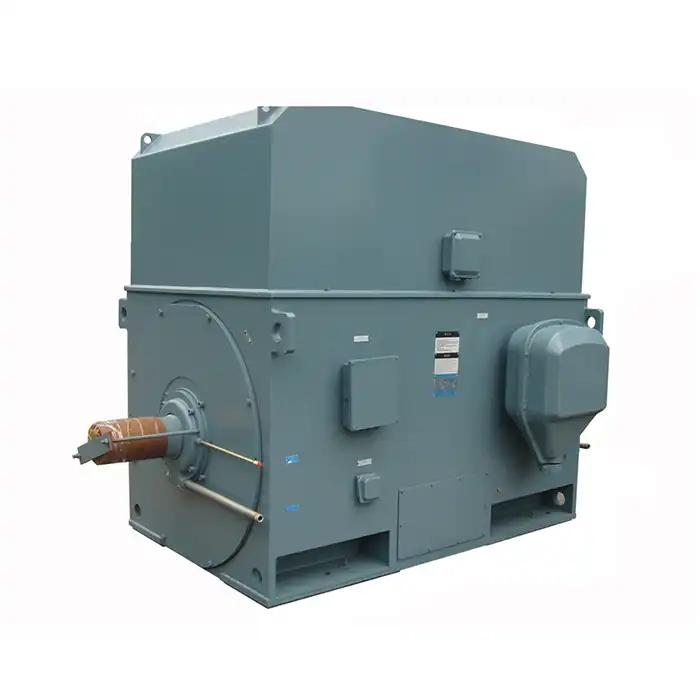 VIEW MOREwater cooled electric motor
VIEW MOREwater cooled electric motor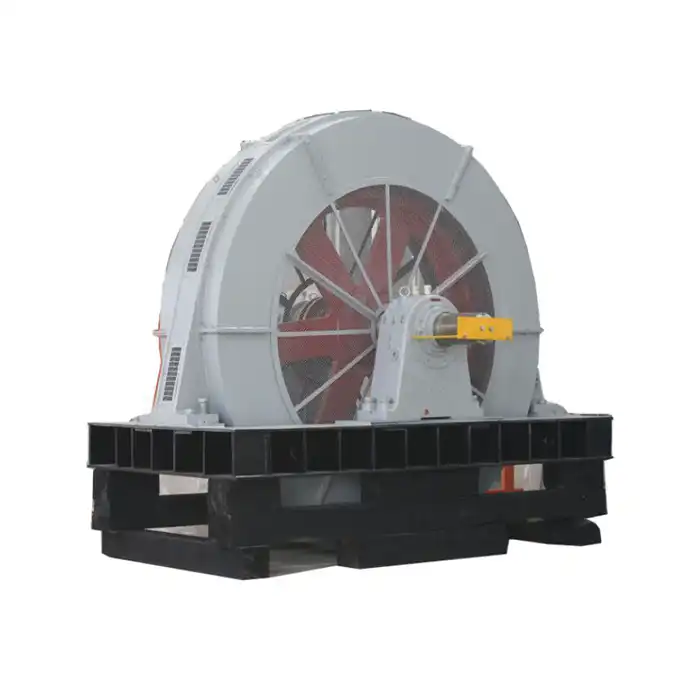 VIEW MOREball mill motor
VIEW MOREball mill motor



